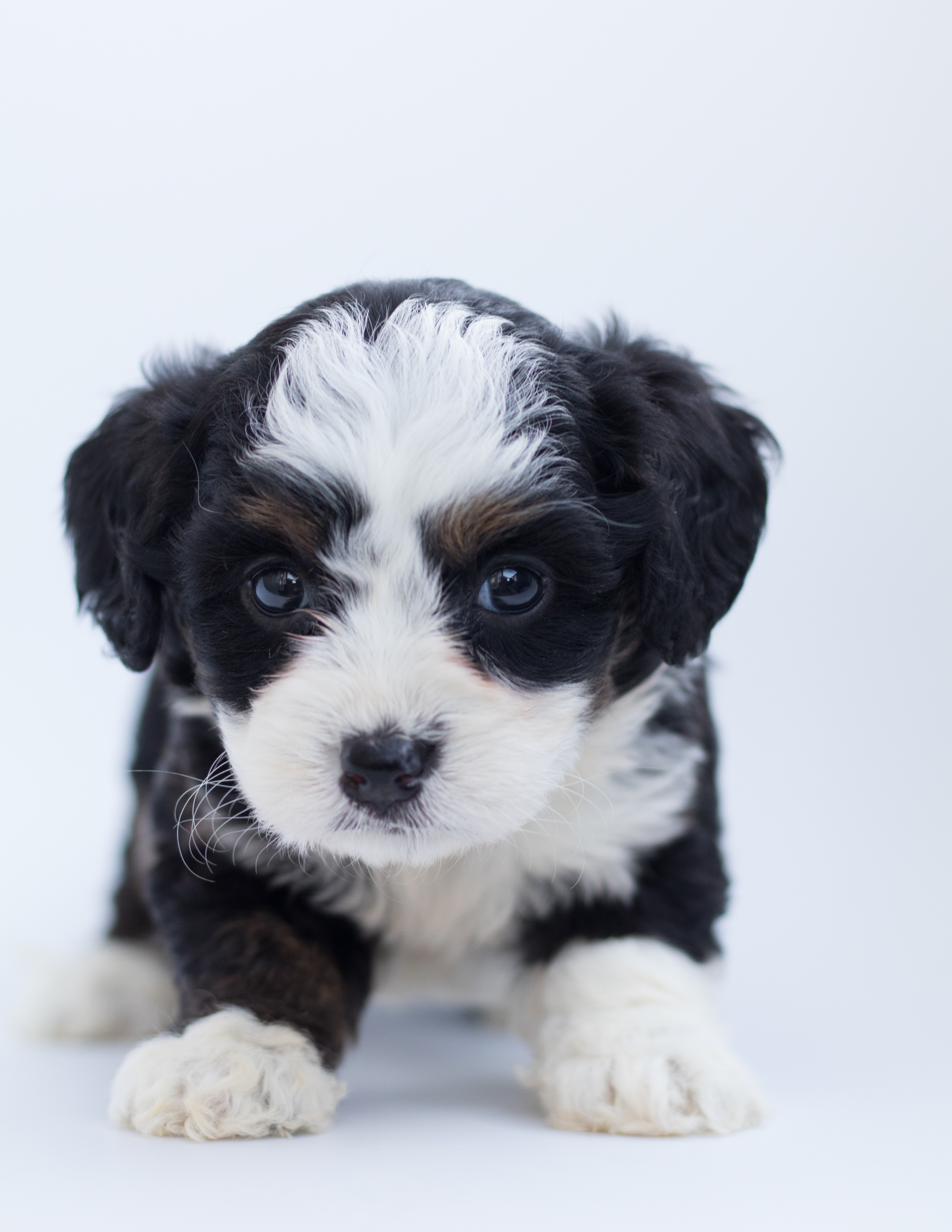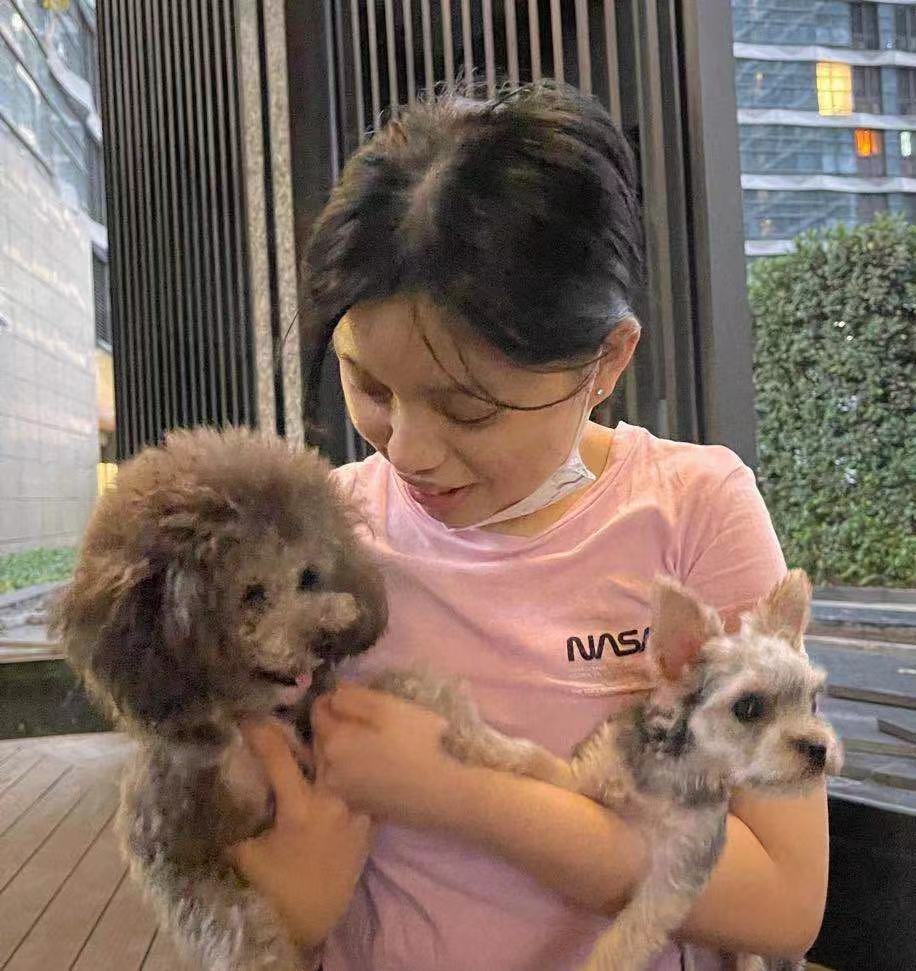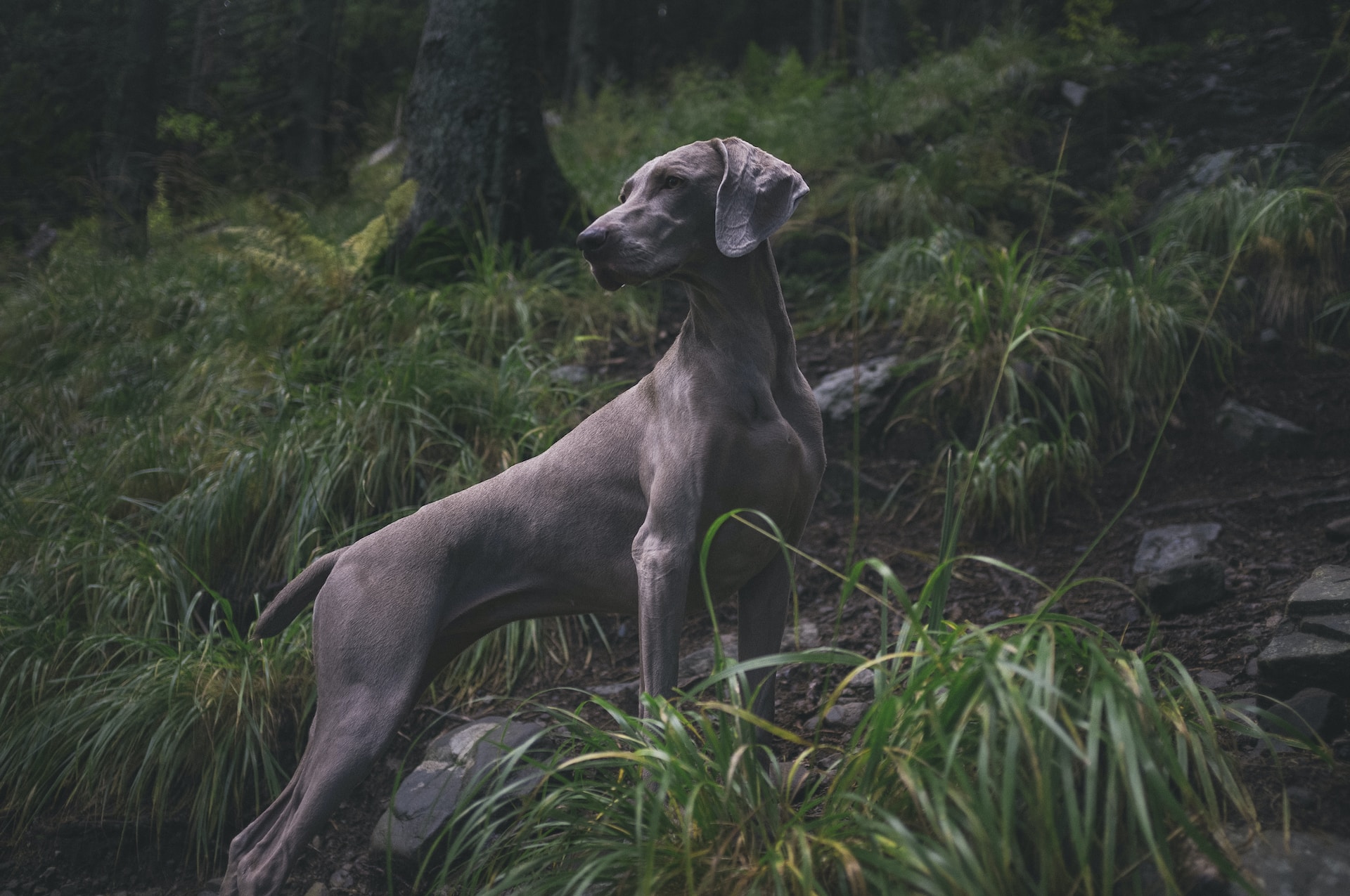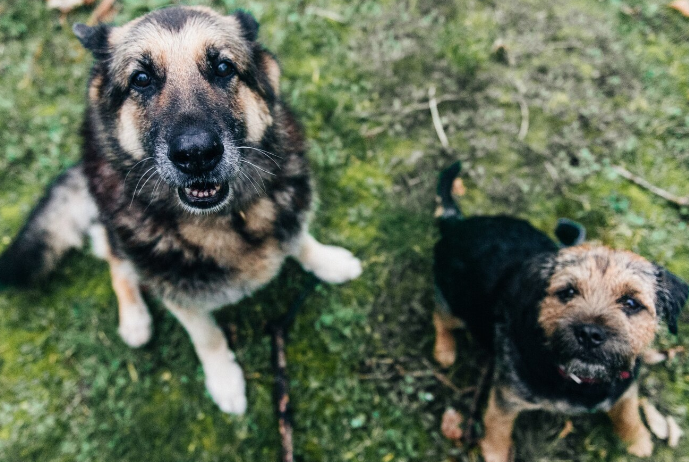
Choosing a breed that will suit your needs and lifestyle is really important for all dog handlers. The dog’s temperament, the care that he/she requires and his/her size are some of the main factors, that need to be considered when choosing a dog as a pet or as a service animal. Many owners choose a mixed dog breed, since they can benefit from the advantages that two separate breeds offer.
The Bernedoodle is a relatively new mixed dog breed, that becomes more and more popular due to its indisputable advantages. If you are interested in learning more about this wonderful breed, you may want to keep reading.
What Is a Bernedoodle and How Was It Created?
This breed is a mixed breed between a Bernese Mountain Dog and a Poodle. It is also known as the Bernese Mountain Poo, Bernesepoo, Bernesedoodle, or Bernepoo. A really important feature of these canines is that they are not identical and you as an owner can expect a distinctive animal. Sherry Rupke from Swissridge Kennels is considered the first man who started crossing these two breeds as he wanted to create a dog that features the nice temperament of the Bernese Mountain Dog and the intelligence of the Poodle. In addition, Poodles tend to shed less, which was another advantage that Rupke wanted to obtain when crossing both breeds. The American Kennel Club does not acknowledge the Bernedoodle, as it is a new breed, mixed from two pure breeds. However, this breed is accepted by the International Designer Canine Registry, the Designer Breed Registry as well as the Designer Dogs Kennel Club.
Bernedoodle Generations
First, we need to understand the labels and what exactly they mean.
Every Bernedoodle generation is designated with the letter F. This letter stands for “Filial Hybrid.” This shows that the dog is a hybrid dog coming from two purebred dogs of two different breeds.
When a Bernedoodle generation features the letter B this means that it is a backcross. The term “backcross” means that the current Bernedoodle generation was bred back to a Poodle. In some rare cases, it also can mean that the dog was bred back to a Bernese Mountain Dog. Sometimes there are two B’s in the generation label. This indicates that this generation has been backcrossed with a Poodle twice.
The number in the label indicates the generation-1 means first generation, 2 means second generation, etc.
The first generation F1 of this breed is a mix of a Bernese Mountain Dog and a Poodle in a ratio of 50:50. This generation is deemed as the healthiest one.
The F1BB generation includes a mix of both breeds in a ratio of 25 % Bernese Mountain Dog and 75% Poodle. The ratio shows that this generation is likely to inherit more features of the Poodle parent. Since Poodles tend to shed less than the Bernese Mountain Dogs, the F1b may be preferred by people allergic to dog fur.
The second generation F2 is a crossed breed between two representatives of the first generation. This type of crossing is not recommended over too many generations, as it may increase the risk of genetic disorders.
There are also other generations like: F1BB (87.5% Poodle:12,5 % Bernese Mountain Dog); F2B (62,5% Poodle:37.5% Bernese Mountain Dog); F2BB (81.25% Poodle:18.75% Bernese Mountain Dog) and F3.
Weight and Size
The size and weight of this mixed breed may vary depending on its pedigree. In general, we can differentiate three sizes: toy, miniature, and standard.
The weight range of the first type is usually about 10-25 lbs (4.5-11.3kg). The representatives of this type are about 12-16 inches high (31-41 cm).
The second type- Mini Barnedoodles, can reach a weight range of about 25-50 lbs (11-23kg) and a height range of about 16-20 inches (41-51 cm).
The representatives of the third type are usually about 20-30 inches high (51-76 cm) and weigh approximately 50-90 lbs (23-41 kg).
If you want to raise a Bernedoodle, you need to pay close attention to the breed’s variations, in order to find the most suitable one for your home. You would be happy to know that these doggies adapt really fast to different environments. However, you need to spend enough time for regular exercises, walks, and games, in order to keep your canine in a good shape.
Coat Color Variations
In most cases, the color of the Berndedoodles’s coat is a mix between the fur colors of its parents.
Among the canines with black, brown, and white coats, there are also representatives with three colored coats. However, the last ones are rare and hard to find.
Do Bernedoodles Shed?
As already explained above the Bernedoodles can look differently depending on the generation they belong to, and the way their parents looked. Hence, the Bernedoodles can have a curly coat and shed less, if they have inherited more Poodle’s traits. If they are more similar to the Bernese Mountain Dog parent, they are likely to have a long straight coat and shed more. In both cases, you need to take care of their coat and ensure that you get your dog groomed regularly.
Although many breeders are able to recognize the coat type of the Bernedoodle at an early age, its appearance may change with the years.
Coat Variations
In general, the Bernedoodles have three types of coats:
The most suitable type for handlers who are allergic to dog’s fur is the curly “wool” coated Bernedoodle. These canines are considered the most hypoallergenic type of all three types. Their coat is usually soft and tight similar to the Poodle’s coat. Fortunately, these canines are not likely to be shed on the floor or on your furniture. However, as they shed upon their own coat, it is really important that you brush and trim them frequently.
The second type is the so-called wavy “fleece” type. This coat type is maybe the most common coat type among the Bernedoodles. The representatives of this type are likely to shed less or to not shed at all. Their coat tends to be wavy or tangled.
The third coat type is the so-called straight “hair coat” type. These canines are likely to shed the most and we do not recommend them to people who are allergic to dog’s fur. Although the name of this type excludes the possibility of having waves on their coat, these dogs may have slight waves. The third coat type is the rarest one.
Lifespan and Health
There is not much information about the lifespan of this breed, as it is relatively new. According to some breeders, the representatives of the Bernedoodles may be predisposed to some health issues like hip and elbow dysplasia, eye issues, and skin problems.
However, these dogs are considered really healthy and suitable for families. The lifespan of the Bernedoodles can be about 17-18 years. The toy-sized canines are expected to live the longest, as small dogs are likely to have a longer lifespan than large dogs.
Digestive system issues may be inherited from the Poodle genes, and bone structure disorders may be inherited from the Bernese Mountain Dog parent.
You may want to ensure that the breeder you get the puppy from has run all the recommended health tests like:
Toy-Sized Poodle: Patella Evaluation, PRA Optigen DNA Test, Ophthalmologist Evaluation;
Mini-Poodle: Ophthalmologist Evaluation, PRA Optigen DNA Test, Patella Evaluation, Hip Evaluation;
Standard Poodle: Hip Evaluation, Ophthalmologist Evaluation
Bernese Mountain Dog: Ophthalmologist Evaluation, Cardiac Exam, Elbow Evaluation, Von Willebrand’s Disease DNA Test, Hip Evaluation.
We come to a very important part of our article, that you many people may be interested in. We have described the physical features of the Bernedoodles, but we have not mentioned anything about their temperament.
Bernedoodle Temperament
The temperament of these doggies depends on the personalities of their parent breeds as well as on the crossing ratio and the separate dog itself. However, these pups are welcomed by many families, due to their undeniable advantages. They are loyal, playful, and very gentle, they love being around people and getting attention. They are likely to inherit from their Poodle parent a high level of energy, and social skills. These doggies like being cuddled and can create a really strong bond with their handlers. Since they have a Bernese Mountain Dog parent, they may be predisposed to separation anxiety. That is why handlers may want to train their puppies at an early age to feel secure and comfortable while home alone. Crate training could be very helpful for your dog to feel relaxed while you are not at home. However, we would recommend that you spend enough time with your canine and socialize him/her, as socialization is a really important factor for the proper raising of this breed. It could shape their behavior and prevent them from developing negative habits like stubbornness and sensitivity.
These canines are easy-going with children and can provide good companionship. However, if you have small kids, we would recommend that you pay attention to the interaction between them and your dog. Children can hurt the toy-sized representatives of the breed by accident. On the other hand, the standard-sized canines can injure a kid during playtime, although they tend to be affectionate.
Although the Bernedoodles are so lovely, intelligent, and affectionate, they could be really stubborn sometimes.
The Bernedooes enjoy spending time outdoor, running, playing, and hiking. Depending on the impact of the Poodle parent, the Bernedoodles may like retrieving.
Therapy Dogs
As this breed’s representatives are social, loyal, and lovely, they can become great therapy dogs when trained properly. Despite the stubbornness that some puppies may show, these doggies are intelligent and can obtain obedience skills. They are great at performing tasks related to companionship and interaction with people. In addition, they love being cuddled.
How Much Does A Bernedoodle Cost?
The price range for these dogs may reach $5000-$8000, that it is why you need to be sure that you have the budget for such a dog. In addition, these dogs require regular grooming that also can be expensive. Due to their personality and traits, we can say that these canines are worth the money. However, you can always adopt a canine from a shelter or a rescue. When adopting a Bernedoodle you need to be sure that all health tests were run and the canine is healthy and qualified to be adopted.













